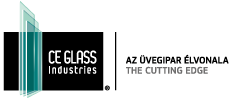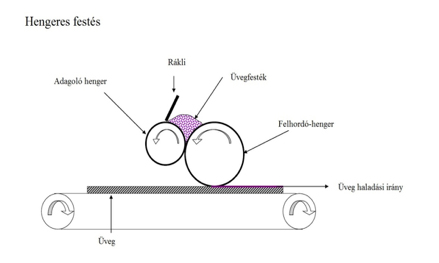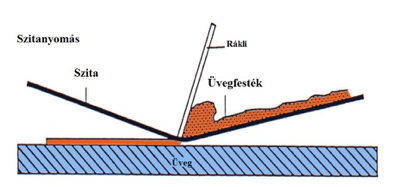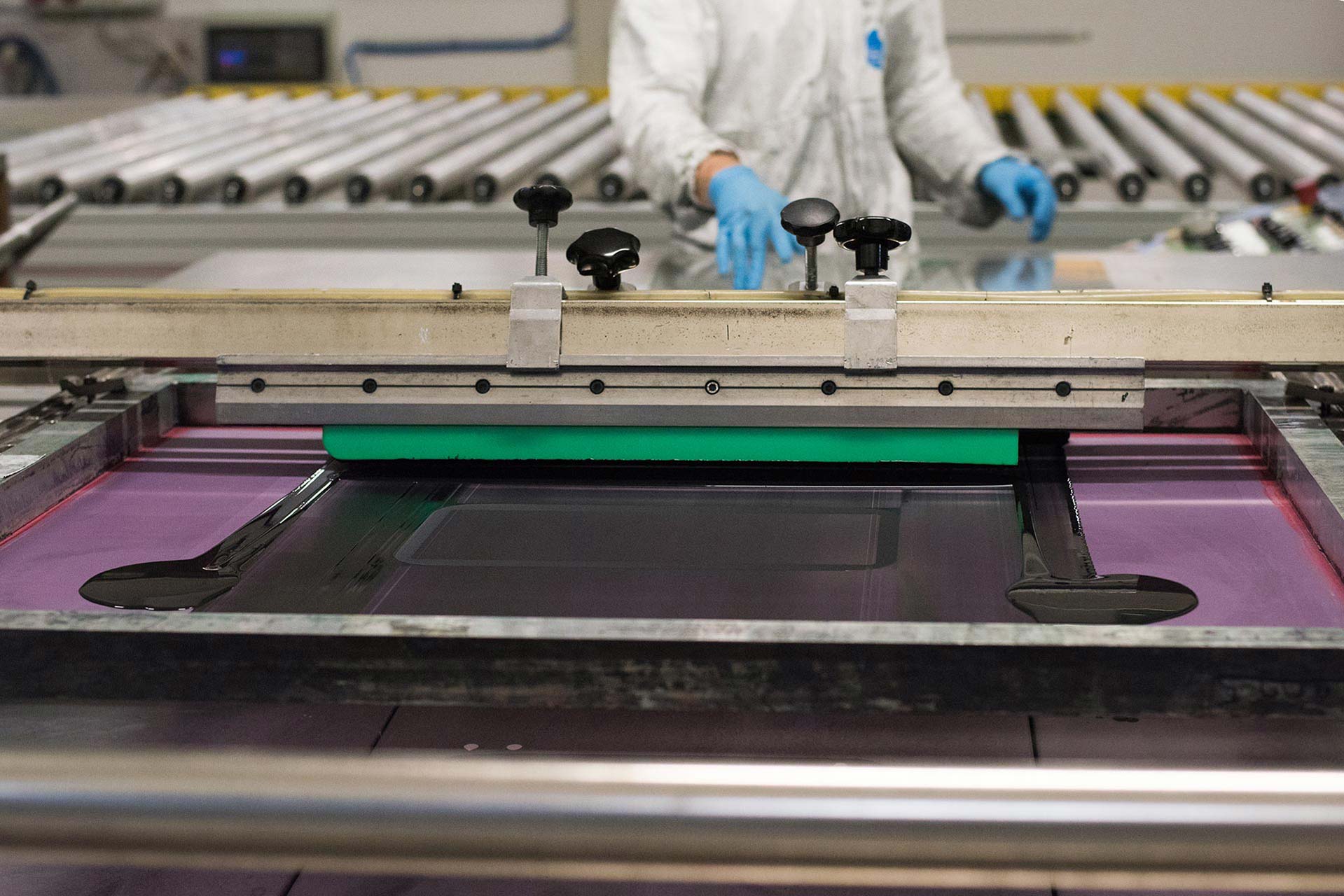Spray painting
During the spray painting method, the single-coloured paint is sprayed ontoto the glass surface through a spray gun with the help of high pressure compressed air, while the gun is evenly moved horizontally and downward. In case of applying several paint layers, the next layer can be added only if the previous painted surface is completely dry. This process completed with a heat treating, known as tempering.
This painting method is used only for non-serial, small size glass production. In case of big glasses the used method is roller painting or GlassPrint, that is, printing on glass. Spray painting is slower, demands more time, and requires more layers of paint on the surface compared to other painting techniques. For this reason larger glasses are not painted with this method, because from the production point of view it is ineffective.






